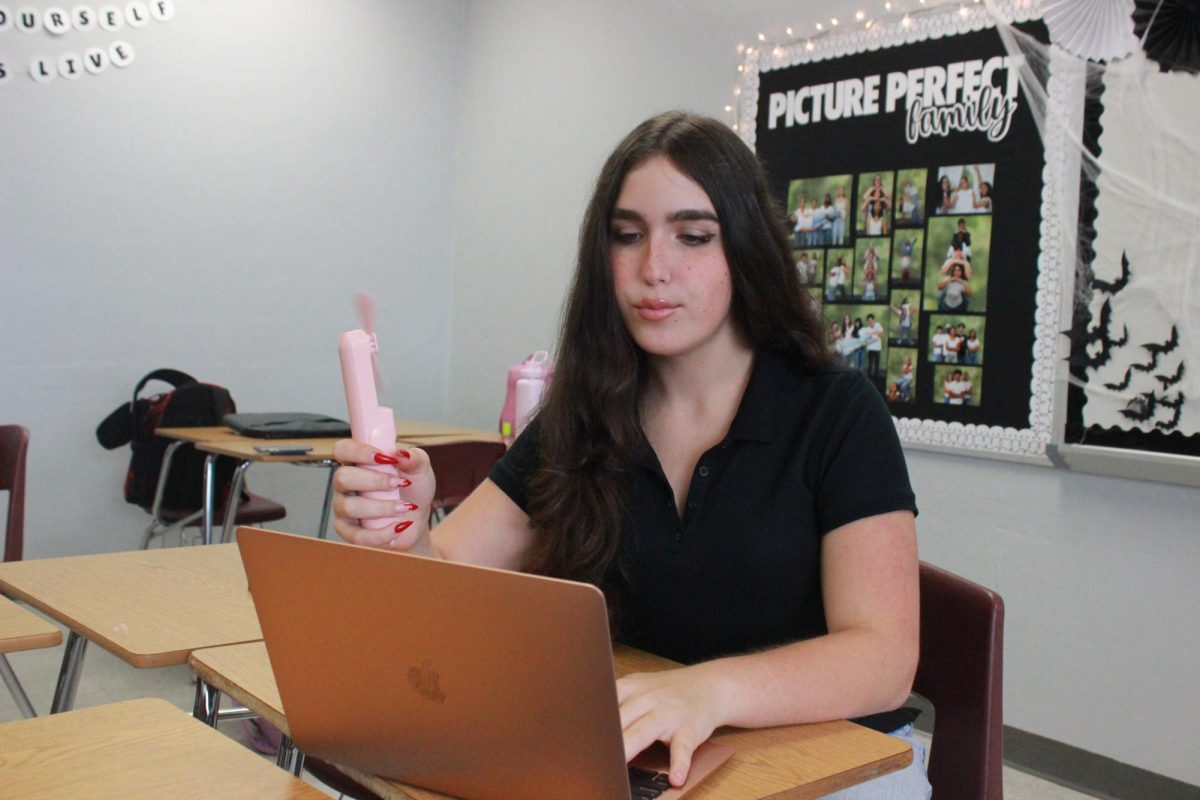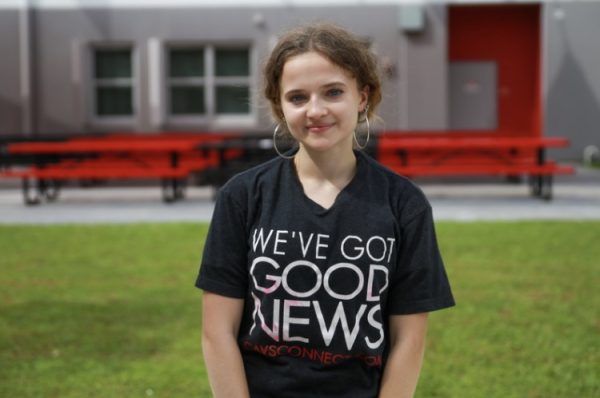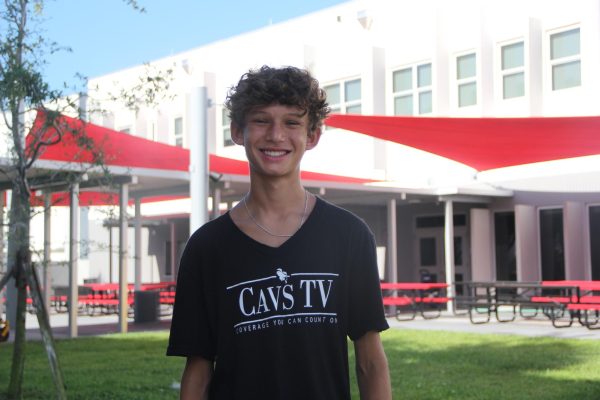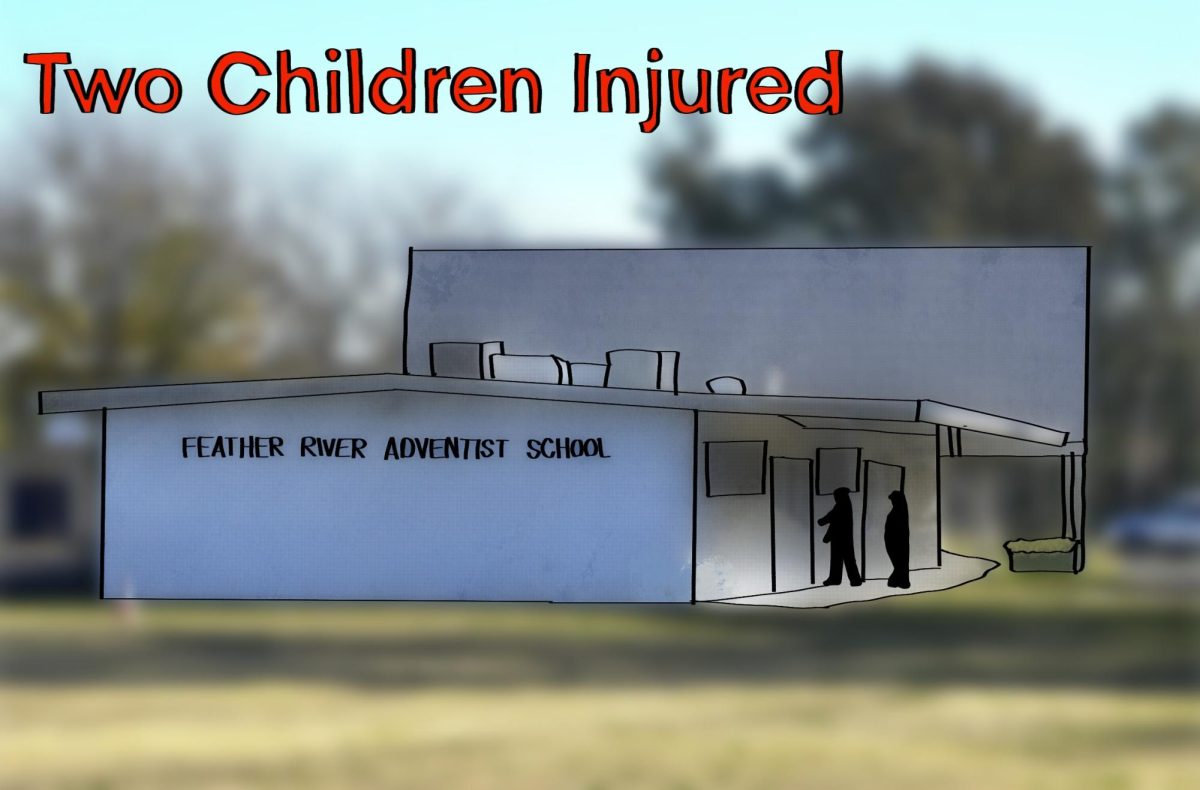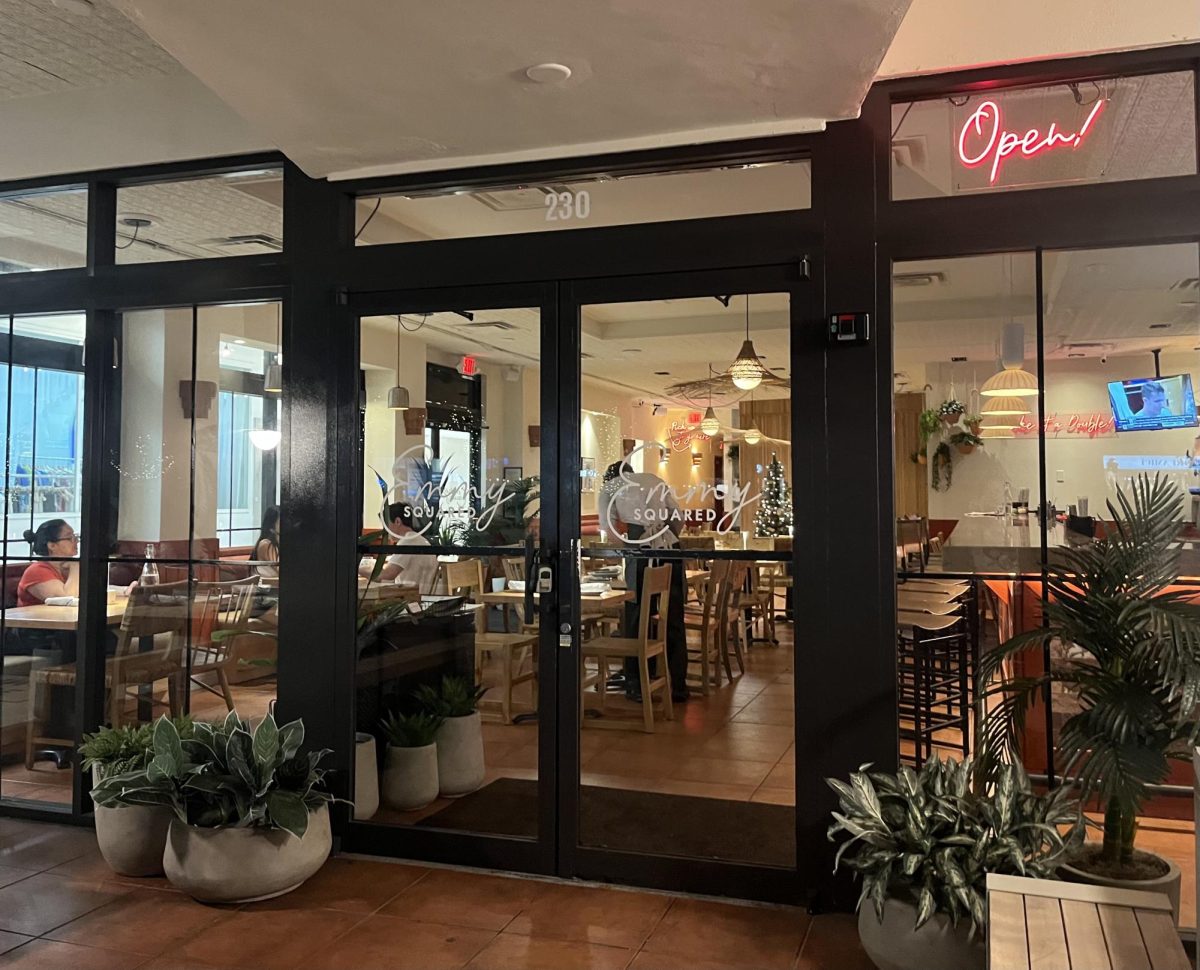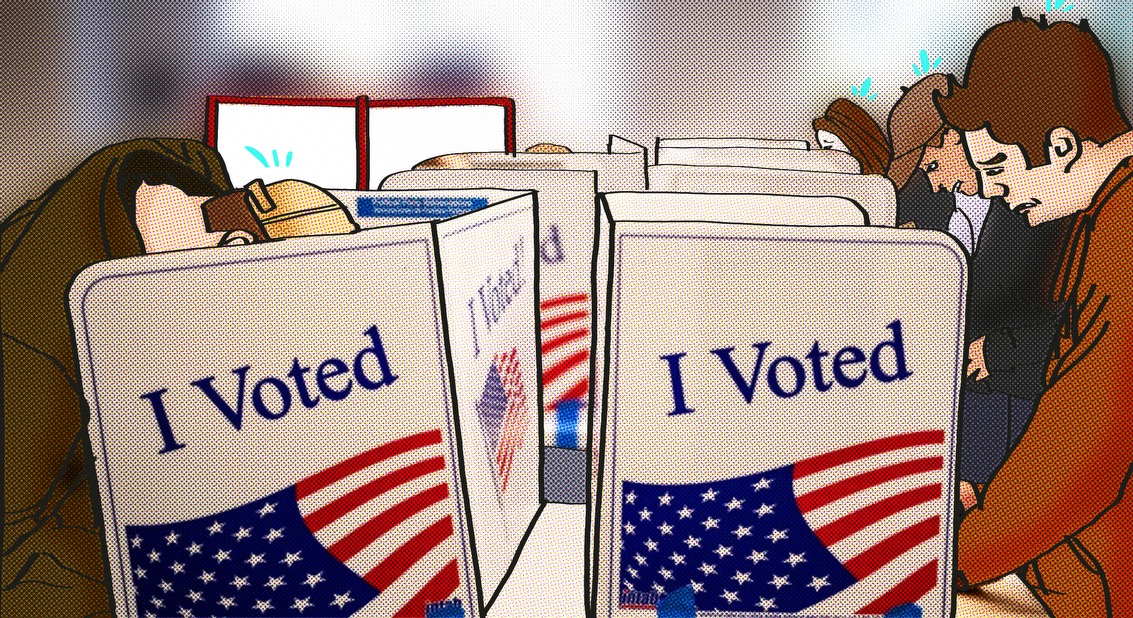Strolling through the hallways of Coral Gables Senior High, it is a common occurrence to see broken tiles and leaks in the roofing, while experiencing high temperatures that deplete student energy. This is just another normal day at Gables. Students struggle to make it through their classes, as they sweat through their uniforms and stumble over the uneven floors. It is not exactly the ideal learning environment. Even though the school district is the only source of relief for such problems, it has not taken action to make any changes. The Miami Dade Public School System remains oblivious to the problems within its high schools. As these deplorable conditions continue to worsen, something must be done to rescue Gables students and faculty.
Perhaps the worst problem is caused by the unbearable temperatures in some classrooms. Students can be seen paying more attention to the breeze created by the fan than to the instruction being given by the teacher. Focusing seems to be almost impossible in an overheated classroom, as the mind is not concentrating on what material is being taught, but rather on how to stay cool. Hot temperatures are extremely uncomfortable for students, especially when they are expected to sit quietly and behave perfectly. Teachers also find it difficult to maintain classroom discipline when agitated students with drifting minds are unable to participate in class.
“There is not a moment that it’s not hot in Miami, and with no air conditioning in the classroom, I feel like it only gets worse. Everyone is uncomfortable in their seats because they’re dripping sweat, and it becomes really hard to focus on what’s actually going on in the class. It’s just not easy to learn when the weather is so miserable,” sophomore Alicia Fajardo said.
All of this leads to disciplinary problems because teachers find it necessary to dedicate more instructional time to keeping students in order than to teaching their curriculum. With each disciplinary interruption, valuable learning time is forever lost. Students who rely on in-depth explanations find themselves losing out every time the air conditioning breaks down. Some students may not mind the lack of instruction, but for those intent on getting good test scores, the damage is critical. How does MDCPS aim to correct this situation? Instead of discarding the old, broken air conditioners and installing new ones, the county usually replaces a few as a temporary solution that is destined to break again.
“The learning experience could be so much smoother if we just had the right school environment. It feels like the district has left us on our own, with no way to improve the comfort of students in the classroom. Something must be done to fix the various issues and cleanliness of the school. It is only going to get worse if it is left alone,” sophomore Olivia Simon said.
Leaks are yet another persistent problem throughout MDCPS, as the weather proves to be the district’s biggest enemy. Ceilings have not been able to withstand the torrential rains of spring and summer, which has led to many classes being forced to have trash cans and buckets decorating the rooms. Not only is this unpleasant to look at, but it is distracting for both students and teachers. Classrooms have been rearranged to function around the hazards caused by the leaks, while students aim to stay in focus despite the annoying sound of dripping water. Now becoming irritating and inconvenient, it may eventually may create more serious issues such as mold and collapsing ceilings. The district must do something now before someone gets injured.
“When you are in a classroom with little air conditioning and leak problems, it can become extremely irritating. Even though it is the bare minimum for Miami schools to have air conditioning, a lot of them actually do not. Even in my previous school there were persistent issues that never got fixed. It seems to be a never ending cycle,” sophomore Milo Harley said.
While private high schools in Miami are known for their high quality buildings and sports facilities, public schools often do not fare as well. What accounts for this difference between the two school systems? The answer to this question is relatively simple, money. In many cases this difference is quite dramatic. When parents pay high tuitions for their children to attend private schools, they expect to get what they pay for. Public schools, on the other hand, rely on tax money, which often leaves much to be desired.
As a result, public schools find themselves on the losing end of funding. This inequality between public and private schools becomes readily apparent, and frequently the public school environment remains inferior when compared to private academies. Unfortunately, this places MDCPS students at a disadvantage, as research consistently shows that a school’s environment plays a crucial role in student learning. Positive school climates are linked to high attendance, achievement, retention and graduation rates. Improving the learning environment in public schools is not simply desirable, but it is essential to achieve student success.
Ron DeSantis, the governor of Florida, is not even concerned about the issues lingering in public schools. In 2023, he signed a law granting $8,000 vouchers to k-12 students, regardless of their family income. This encouraged more students to attend private schools and drained the district of educational funding. Even though this may seem to be a generous act, it effectively hurt the thousands of students attending public schools. DeSantis’s bill benefitted private schools at the expense of public education, which is the backbone of society itself.
“In order to keep students healthy and safe, the school should receive more funds to improve classroom conditions and overall cleanliness. Kids should not have to sweat while they are trying to learn, and the district needs to realize this. Funding is necessary to improve the school and prevent future problems in its infrastructure. Not to mention, students and teachers will also be in a better mood because of the new positive environment,” junior Samantha Kang said.
Construction work is currently being done at Gables, but problems continue to overwhelm the district. Progress is slow, and sometimes it feels as if there is no end in sight. Students and teachers are frustrated with the seemingly endless delays in school improvements. To ensure long-term solutions, the ideal plan is to tackle each issue in an organized and efficient manner. When students are exposed to a safe, positive environment, their chances of succeeding will multiply. Teachers will be able to spend their time teaching rather than worrying about classroom conditions. If the true goal of MDCPS is to give its students the world, it should make meaningful improvements to school conditions. The results will be well worthwhile.



